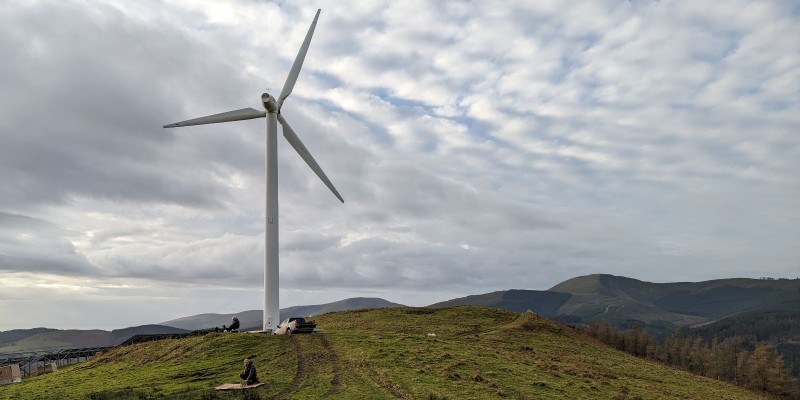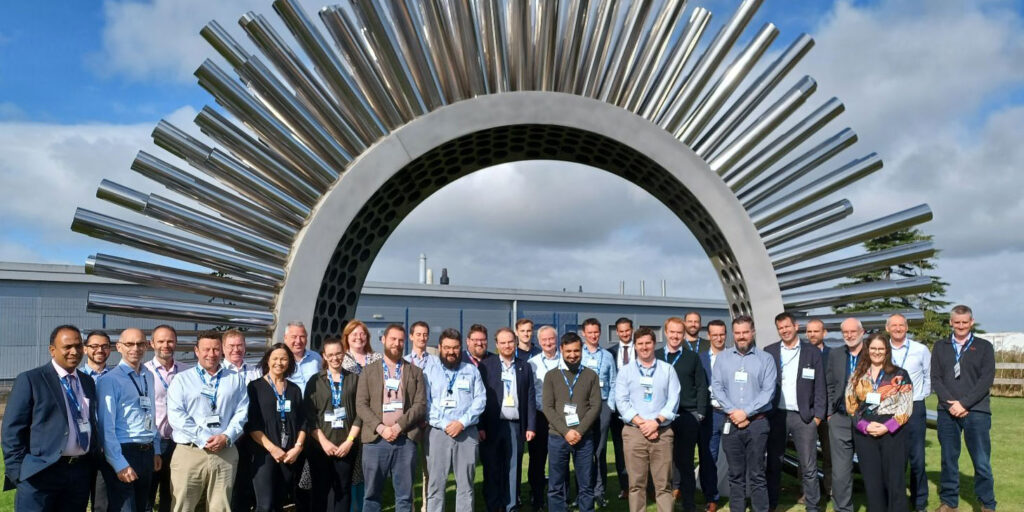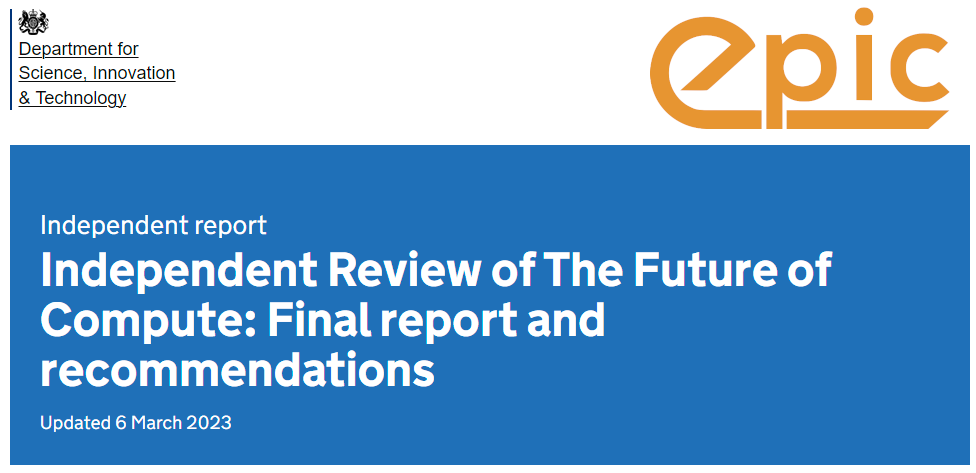
With our success in working with the wind energy market, Zenotech co-founder and director, David Standingford, was invited to join an Offshore Wind Webinar recently designed to generate collaboration between the UK and USA. Our team brings vast experience using high-fidelity simulation cost-effectively at scale to help improve wind turbine performance. With many calling for the UK to build on a green recovery post-Covid-19 and rethink our energy resources, supercomputing is well-placed to join efforts to save the planet. As part of this drive, optimising wind turbines becomes vital.
Watch David’s contribution to the webinar below (it’s at 12:03 minutes in)
The webinar was run by the Business Network in Offshore Wind, UK Research and Innovation and Innovate UK. The number of relevant UK businesses which participated demonstrates the UK’s successful record in the offshore wind sector with over 2,000 turbines generating over 8,500 MW. The UK has offshore wind power targets of 40GW by 2030 and 75GW by 2050, which necessitates well-designed and optimised wind farms.
Zenotech has a strong track record in helping wind energy projects improve their output in the UK, Europe, the Middle East and Asia and is looking to develop relationships with US partners too. With our own software stack from Nvidia GPUs to Amazon Web Services (AWS), the team has investigated wake effects in large wind farms concerning power production, maximising the available wind resource, maintenance and overhaul.
Our technology has been drawn upon to assist with resource analysis, wind turbine design and optimisation as wind farms age. We’ve also recently contributed to an exciting industry and academic collaboration to optimise wind power using CFD simulation and AI.
Proven results
Our CFD solver, zCFD has been validated with ground-breaking results in blind tests. In a simulation for energy supplier SSE, the CFD tool predicted the results with an independent validation of 2% compared with in-service SCADA data. This tech is a game-changer for the sector. Whereas previously, such analysis would have been prohibitive for the industry as time-consuming and expensive. However, now with modern software running on commodity computing hardware, it is easier and more affordable to deliver high fidelity modelling. The tech can also address the blockage effect in large-scale wind farms which would have been out of reach before.
Do you manage an off-shore wind farm project? Do get in touch to discuss how our tech could help you build, reduce running costs and optimise wind power.



